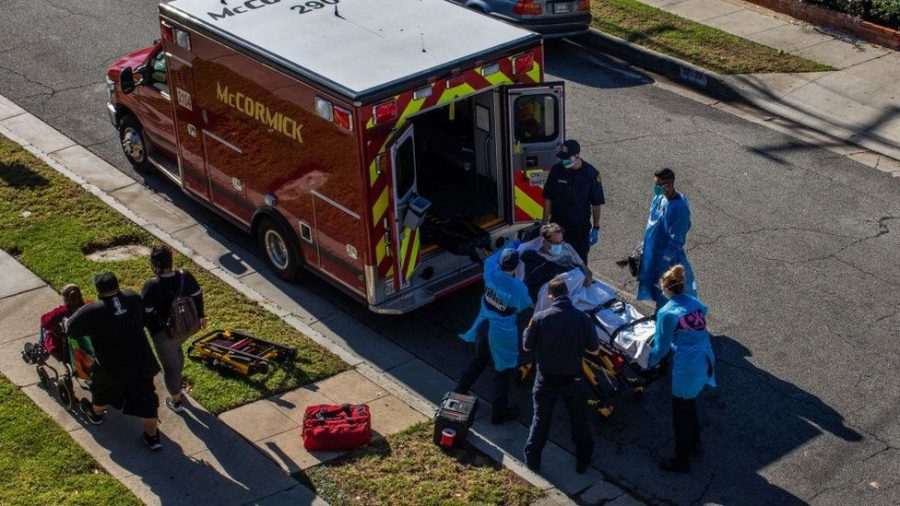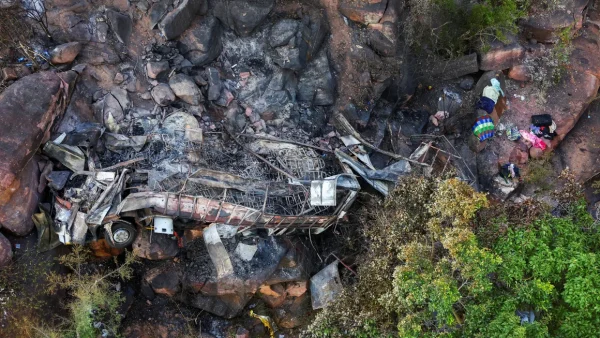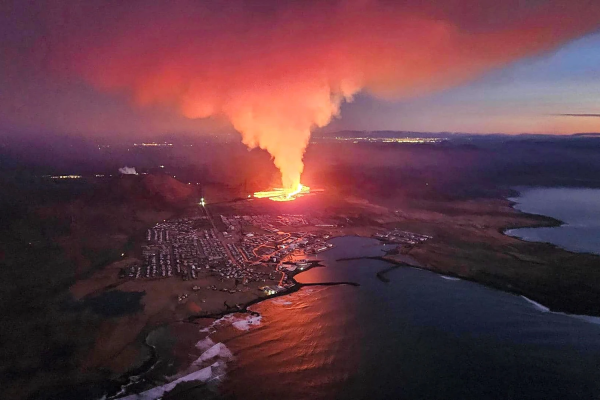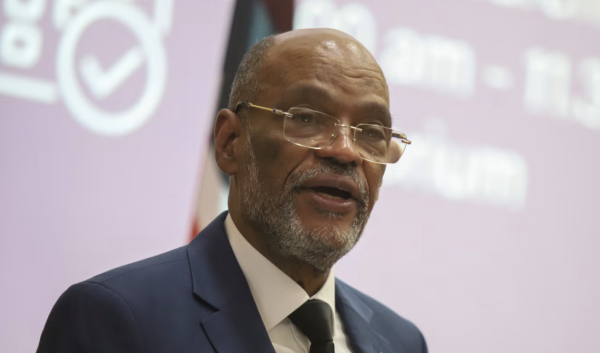L.A. Ambulances Told Not to Transport Patients
COVID-19 Cases Spike in L.A.
January 19, 2021
As of January 4, 2021, ambulance crews in Los Angeles have been told to not transport patients with little chance of survival and to conserve and ration oxygen. Hospital beds in many large cities such as LA and New York are running low and healthcare workers fear another spike of Coronavirus cases.
The LA County Department of Public Health reported 9,142 new Covid cases on Monday, January 4, and an additional 77 deaths. The county, which is the worst hit in the United States, has recorded 818,000 COVID-19 cases and more than 10,700 deaths since the start of the pandemic.
The Los Angeles County Emergency Medical Services (EMS) Agency issued a memo last week to ambulance workers. The memo stated, “Effective immediately, due to the severe impact of the Covid-19 pandemic on EMS and 9-1-1 Receiving Hospitals, adult patients (18 years of age or older) in blunt traumatic and non-traumatic out-of-hospital cardiac arrest (OHCA) shall not be transported [if] return of spontaneous circulation (ROSC) is not achieved in the field.”
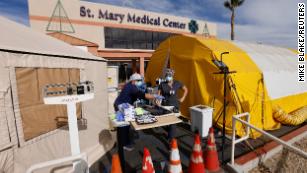
Dr. Marianne Gausche-Hill, the medical director of LA County’s Emergency Services Agency who issued the latest directives, told CBS News that ambulance workers will continue to work to save the lives of patients at the scene.
“We are not abandoning resuscitation,” Dr. Gausche-Hill said. “We are absolutely doing best practice resuscitation and that is do it in the field, do it right away. What we’re asking is that – which is slightly different than before – is that we are emphasizing the fact that transporting these patients arrested leads to very poor outcomes. We knew that already and we just don’t want to impact our hospitals.”
The Covid-19 surge has also led to a shortage of supplemental oxygen, meaning some patients treated by EMS will go without it. “Given the acute need to conserve oxygen, effective immediately, EMS should only administer supplemental oxygen to patients with oxygen saturation below 90%,” Los Angeles County EMS said in its memo.
The Southern California region and San Joaquin Valley are both at 0 percent ICU capacity, while the Bay Area has a 7.9 percent ICU capacity, according to KNX10.70 News Radio.
Gov. Gavin Newsom said technical assistance teams have been deployed to help with decompression, space, equipment, supplies, and oxygen to Los Angeles, Riverside, San Bernardino, and San Joaquin. Newsom said there is a statewide oxygen strategy in place.
“Because of the strain, stress down in Los Angeles, in particular, we have organized a statewide oxygen strategy. We actually have a task force on oxygen,” Newsom told KNX, adding there is the creation of a state oxygen team as well as bulk oxygen support.
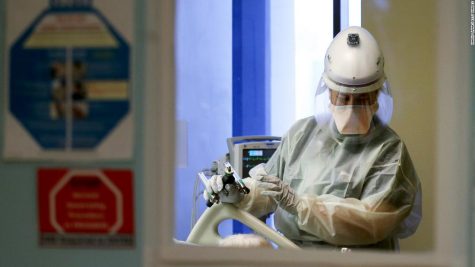
Newsom said the U.S. Army Corp of Engineers has been deployed to seven facilities: five facilities to Los Angeles and two facilities in San Bernardino County. The task force has been working with local and state partners to try to refill oxygen tanks and get them to the hospitals and facilities most in need.
“While we’re trained to deal with crises, something like this has never been seen in anybody’s lifetime that’s in healthcare right now,” Tom Wagner, west group president of American Medical Response, told the Los Angeles Times. The AMR is one of the largest ambulance service providers in the county. “It really has been a dramatic surge in the last six weeks,” Wagner said. “The relentlessness of it is really putting a pressure on folks.”
According to the BBC, the mayor of LA said on Sunday that a new infection occurs there every six seconds.
On January 4, the Centers for Disease Control and Prevention (CDC) said that of the 15.4m vaccine doses that have been distributed so far, only around 4.5m people have been inoculated.


